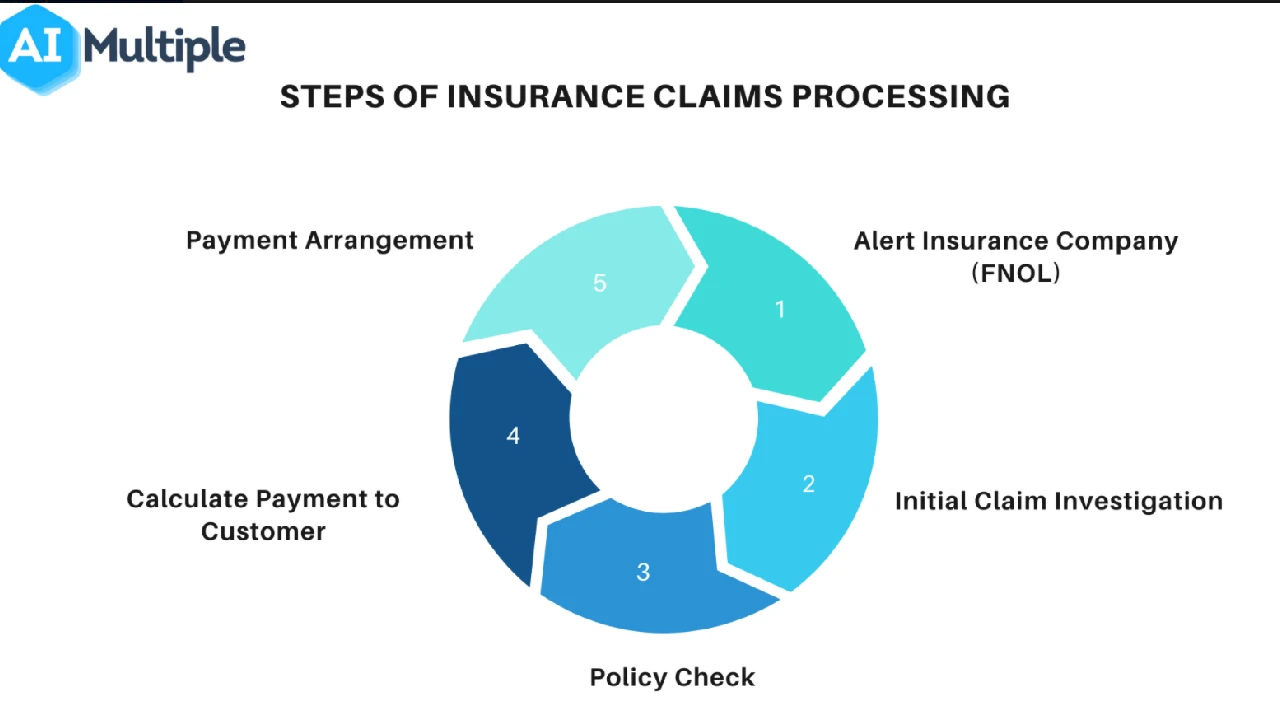7 Common Travel Insurance Mistakes and How to Avoid Them

Okay, so you're finally booking that dream trip to Bali. Sun, sand, and…insurance? Yeah, not the most thrilling part of vacation planning, but trust me, skipping the fine print on your travel insurance policy is a HUGE mistake. It’s like buying a fancy car without knowing if it runs on gas or fairy dust. You need to know what's covered, what's not, and all the little details in between. Think of it as your travel insurance bible. Don't just skim it – actually read it! You'll thank yourself later when your luggage decides to go on its own solo adventure.
Alright, let's talk money. We all love a good bargain, but skimping on travel insurance to save a few bucks? That's a recipe for disaster. Underinsuring your trip is like bringing a water pistol to a dragon fight. If something serious happens – a medical emergency, a cancelled flight, a stolen laptop – you'll be stuck footing a hefty bill. Calculate the actual cost of your trip, including flights, accommodation, tours, and even those souvenir fridge magnets. Make sure your policy covers the full amount. It's better to be safe than sorry, and significantly poorer.
This one's super important. If you have any pre-existing medical conditions – diabetes, asthma, a wonky knee – you HAVE to declare them when you buy travel insurance. Ignoring them is like playing Russian roulette with your health (and your wallet). If you need medical treatment abroad for a condition you didn't disclose, your claim could be denied. Be upfront and honest, even if it means paying a slightly higher premium. Some policies specifically exclude pre-existing conditions, while others offer coverage with certain limitations. Read the fine print (remember that bible?) and choose a policy that works for you.
Calling all adrenaline junkies! Planning on bungee jumping off a bridge in New Zealand? Or maybe some white-water rafting in Costa Rica? Awesome! But before you leap, check your travel insurance policy for adventure sport exclusions. Many standard policies don't cover high-risk activities. You might need to purchase a specific add-on or a more comprehensive policy to be covered if you break a leg (or worse) while pursuing your adventurous passions. Don't assume you're covered – double-check! And maybe practice those bungee jumping skills a little closer to home first.
Imagine this: your camera gets stolen in Rome. Bummer, right? But you're insured! Except…you can't find the receipt, the police report, or any proof that you even owned a camera in the first place. Failing to keep documentation is like trying to bake a cake without ingredients. Keep copies of everything – your policy, your flight tickets, your hotel bookings, receipts for expensive items, and any police reports if something gets stolen. Take photos of everything with your phone. The more documentation you have, the smoother the claims process will be. Trust me, future you will be grateful.
Life happens. Flights get cancelled, hurricanes strike, and sometimes, you just wake up with a sudden urge to stay home and binge-watch Netflix. But what happens to your non-refundable hotel bookings and tour deposits? Understanding cancellation policies is crucial. Check your travel insurance policy to see what reasons for cancellation are covered. Some policies only cover cancellations due to illness, injury, or death, while others offer broader coverage for things like job loss or natural disasters. Also, be aware of the deadlines for filing a claim. Don't wait until the last minute to submit your paperwork.
So, you've got your travel insurance sorted. Great! But does it cover you where you're actually going? Not knowing geographical limitations is like packing winter clothes for a trip to the tropics. Some policies have geographical restrictions, meaning they only cover you in certain regions or countries. Check the policy wording carefully to make sure your destination is covered. If you're planning a multi-country trip, make sure the policy covers all the countries on your itinerary. You don't want to be caught off guard if you need medical assistance in a place your insurance doesn't recognize.
Recommended Travel Insurance Products: Allianz Travel Insurance Comprehensive Plans
Let's talk about some specific products. Allianz Travel Insurance offers a range of comprehensive plans that are well-regarded in the industry. Their 'AllTrips Premier' and 'AllTrips Basic' plans are popular choices. These plans typically cover trip cancellation, trip interruption, medical emergencies, baggage loss, and more. A key advantage of Allianz is their 24/7 assistance hotline, which can be invaluable in a crisis. The 'AllTrips Premier' plan usually includes higher coverage limits and additional benefits like rental car collision damage waiver. Prices vary depending on the trip cost, duration, and age of the traveler, but expect to pay around $100-$300 for a two-week trip for a single traveler. These plans are excellent for families or individuals who want a high level of protection and peace of mind, especially when traveling to remote or high-risk destinations.
Travel Insurance Product Comparison: World Nomads Explorer vs Standard Plans
World Nomads is another popular option, especially for adventurous travelers. They offer two main plans: the 'Explorer' plan and the 'Standard' plan. The 'Explorer' plan provides coverage for a wider range of adventure activities, such as scuba diving, rock climbing, and skiing. The 'Standard' plan offers more basic coverage. World Nomads is known for its flexibility, allowing you to extend your coverage while you're already traveling. For example, if you're backpacking through Southeast Asia and decide to stay longer than planned, you can easily extend your policy online. However, their prices can be higher than some other providers. The 'Explorer' plan might cost $150-$400 for a two-week trip, while the 'Standard' plan might be $100-$300. Consider World Nomads if you're planning a trip with a lot of adventurous activities and value flexibility.
Travel Insurance for Seniors: Travel Guard Senior Plans and Considerations
For senior travelers, Travel Guard offers specialized plans designed to meet their specific needs. These plans often include enhanced medical coverage and assistance services tailored for seniors. For example, they might offer coverage for pre-existing conditions (with certain limitations) and assistance with finding local doctors and hospitals. When choosing a travel insurance plan for a senior, it's crucial to consider factors like age limits, coverage for pre-existing conditions, and the availability of 24/7 medical assistance. Travel Guard senior plans might cost $120-$350 for a two-week trip, depending on the level of coverage and the age of the traveler. Look for plans that offer comprehensive medical coverage, including emergency medical evacuation, and consider adding optional benefits like trip cancellation and interruption coverage.
Travel Insurance for Specific Destinations: IMG Signature Travel Insurance for Europe
If you're heading to Europe, IMG (International Medical Group) offers the 'Signature Travel Insurance' plan, which is specifically designed for international travel, including Europe. This plan offers comprehensive medical coverage, trip interruption and cancellation benefits, and 24/7 travel assistance services. A significant advantage of IMG is their network of medical providers worldwide, making it easier to find quality medical care when you need it. The 'Signature Travel Insurance' plan is suitable for individuals, families, and groups traveling to Europe. It covers expenses related to unexpected illnesses, injuries, and other travel-related emergencies. For a two-week trip to Europe, the 'Signature Travel Insurance' plan might cost between $90 and $280, depending on the coverage level and the traveler's age. It's a solid choice for those prioritizing robust medical coverage and extensive travel assistance services while exploring Europe.
:max_bytes(150000):strip_icc()/277019-baked-pork-chops-with-cream-of-mushroom-soup-DDMFS-beauty-4x3-BG-7505-5762b731cf30447d9cbbbbbf387beafa.jpg)






